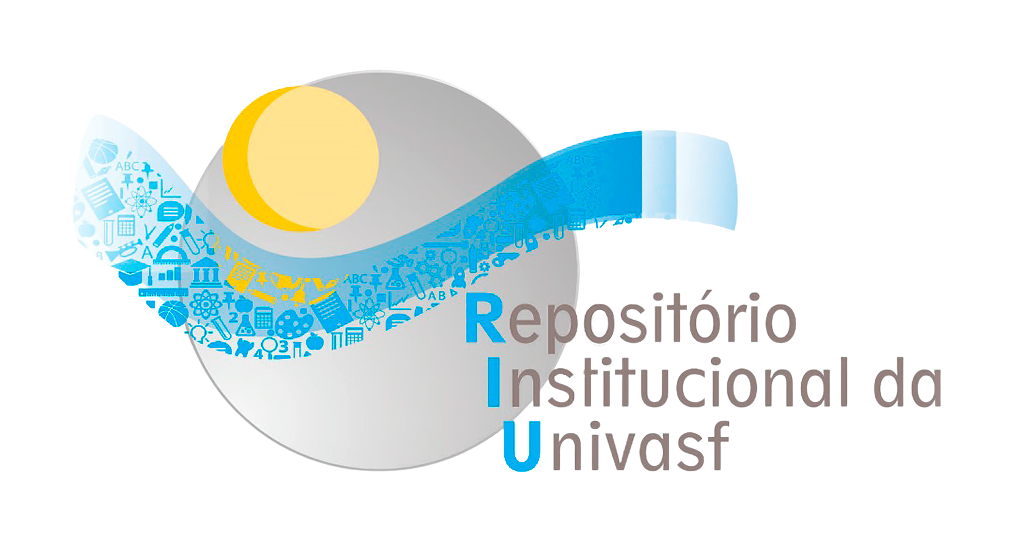Use este identificador para citar ou linkar para este item:
https://repositorio.univasf.edu.br/jspui/handle/123456789/1148| Título: | Modelagem e realidade aumentada: contribuições na aprendizagem da geometria no ensino fundamental ii (anos finais) |
| Título(s) alternativo(s): | Modeling and augmented reality: contributions to learning geometry in elementary school ii (final years) |
| Autor(es): | Máximo, Alexandro Santos Barreto, Ivan Martins 0000-0001-7389-0006 http://lattes.cnpq.br/2123763139163964 https://orcid.org/0009-0000-1444-6466 https://lattes.cnpq.br/5426443150916910 |
| Palavras-chave: | Tecnologias na Educação, Metodologias Ativas, Aplicativos Educacionais. Technologies in Education, Active Methodologies, Educational Applications. |
| Data do documento: | 19-Jan-2024 |
| Editor: | UNIVERSIDADE FEDERAL DO VALE DO SÃO FRANCISCO |
| Abstract: | Notably, learning geometry in the educational context faces significant challenges, since abstract concepts are not easily understood by students and the practical application of these concepts may seem distant. However, technological and methodological advances offer new perspectives to address these challenges in an innovative and effective way. In this sense, the integration of active methodologies through mathematical modelling and augmented reality emerges as a promising approach to improving the teaching of geometry. Therefore, this work aims to evaluate the contributions of mathematical modelling and augmented reality in the process of teaching and learning Geometry, in Elementary School II classes – final years of the Municipal Network of Ipecaetá – Bahia. Therefore, we seek to analyse the conceptions and understanding about the use of active methodologies and the difficulties encountered when using methodologies in teaching geometry. Thus, the research is characterized as qualitative and exploratory and the method involves the concepts of collaborative research as it will involve the collaboration of mathematics/geometry teachers at the school unit. The mapped responses were analysed based on a methodological framework outlined by Blum and Leiss (2007), Bortoni-Ricardo, (2011), Proetti, (2017). Given the results found, it was realized that schools still need to adapt to constant technological advances. Furthermore, the application of technologies in a local context can bring direct benefits to the school community: students and educators, opening up opportunities to reduce educational inequalities, ensuring that everyone, regardless of where they are or available resources, has access to an education high-quality. By making geometry teaching more engaging and meaningful, these technologies have the potential to stimulate student motivation and engagement, creating an environment conducive to effective and lasting learning. We hope that this work can contribute in some way to overcoming these difficulties, being an initial step towards promoting other research that will contribute to improving this reality. |
| URI: | https://repositorio.univasf.edu.br/jspui/handle/123456789/1148 |
| Aparece nas coleções: | SEAD - Esp. em Metodologias Ativas de Ensino Aprendizagem - TCC Especialização |
Arquivos associados a este item:
| Arquivo | Descrição | Tamanho | Formato | |
|---|---|---|---|---|
| termo-de-autorizacao-de-disponibilidade_assinado_(1)_assinado.pdf | Termo de Autorização para Disponibilidade | 111.34 kB | Adobe PDF | Visualizar/Abrir |
| Artigo_UNIVASF_AlexMaximo_FINAL 2024.pdf | Modelagem e realidade aumentada: contribuições na aprendizagem da geometria no ensino fundamental ii (anos finais) | 561.72 kB | Adobe PDF | Visualizar/Abrir |
Este item está licenciada sob uma Licença Creative Commons

